West Stow Village in Suffolk was a sixth century Anglo-Saxon settlement. Nothing remarkable happened in this spot, it was just a place where several family groups settled to farm and to raise their children. The village stood for roughly two hundred years, until its denizens abandoned the site, around A.D. 700, to move closer to a settlement that had formed around the newly established Christian church a little to the east. The old village of West Stow disappeared – its remains ravaged by time and weather until all memory of it was lost. But beneath the soil, remnants of the settlement lay untouched, and more than a thousand years after it was abandoned, the ancient village of West Stow was rediscovered by archaeologists and historians.
Today it is an archaeological site, a research facility and a museum. I visited the village in 2007 and found it to be a remarkable place; in the summertime it is a slice of living history, with costumed re-enactors giving demonstrations about aspects of Anglo-Saxon life. Last October I went to West Stow again, hoping to learn details I might have missed on my first visit. I was not disappointed.
There are only a scattering of houses there today, built as part of a historical/archaeological research project, putting theories about Anglo-Saxon building techniques into practice and learning what would have worked – and what would not have. The buildings here have led historians to revise some of their earlier theories, and their newer ideas are reflected in the different structures that have been built on the site. Research has shown that there were probably twenty houses in West Stow Village in A.D. 550, with a population of between sixty and ninety people, probably made up of three family groups. Each cluster of houses would have consisted of individual dwellings built around a central hall. The buildings were made of overlapping vertical planks – like the ships that first brought the settlers here – and would have been thatched with rye, reeds, heather, even wheat. Each dwelling contained a central hearth, or fire box, for heating and cooking. Chimneys were still hundreds of years in the future, so the smoke from the fire would have been drawn out the open gable ends and not through a central roof hole as was once imagined.
The dwellings today are based on what archaeologists have discovered here over the past fifty years. They contain beds, storage areas, and work spaces. Skins on the floor, rather than reeds, would have been a sign of status, but everything in the house would have been valuable, even the chain on which the cooking pot hung. The doors had locks, and the keys discovered here were carved from antlers.
The hall was their living space – the place for meetings, feasts, story times, decision-making. But the weaving hall, where the women gathered to work their looms – an activity that would have been a constant for centuries – was probably the communal heart of the village. Here gossip and news was exchanged, and Anglo-Saxon women made their own decisions about village affairs.
A sheltered, communal oven, animal enclosures, bee hives and assorted workshops would have been part of the village. Today there is a visitor center, a café, a play area, and a nature trail that circles the nearby lake and heath.
West Stow was an early Anglo-Saxon settlement, and by the time the historical characters in my novel were ruling England in the 11th century, it was already forgotten. Nevertheless it is an enthralling glimpse into a distant and fascinating past.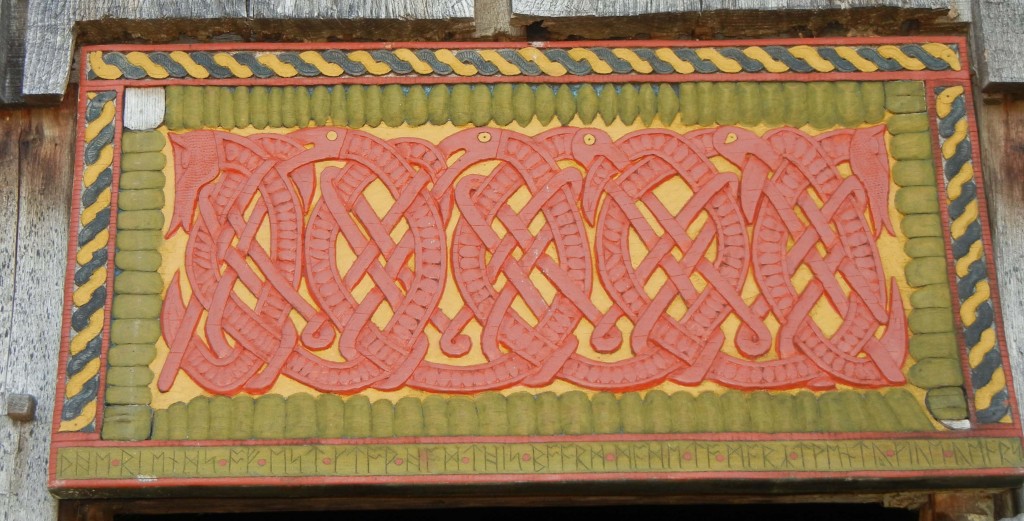
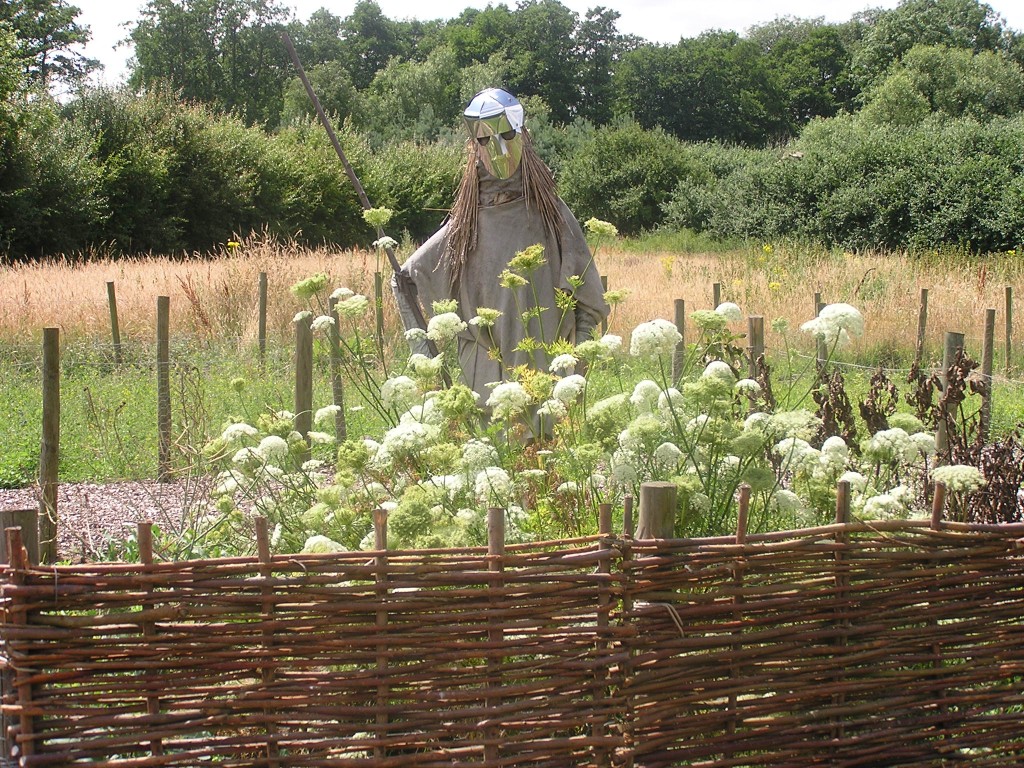
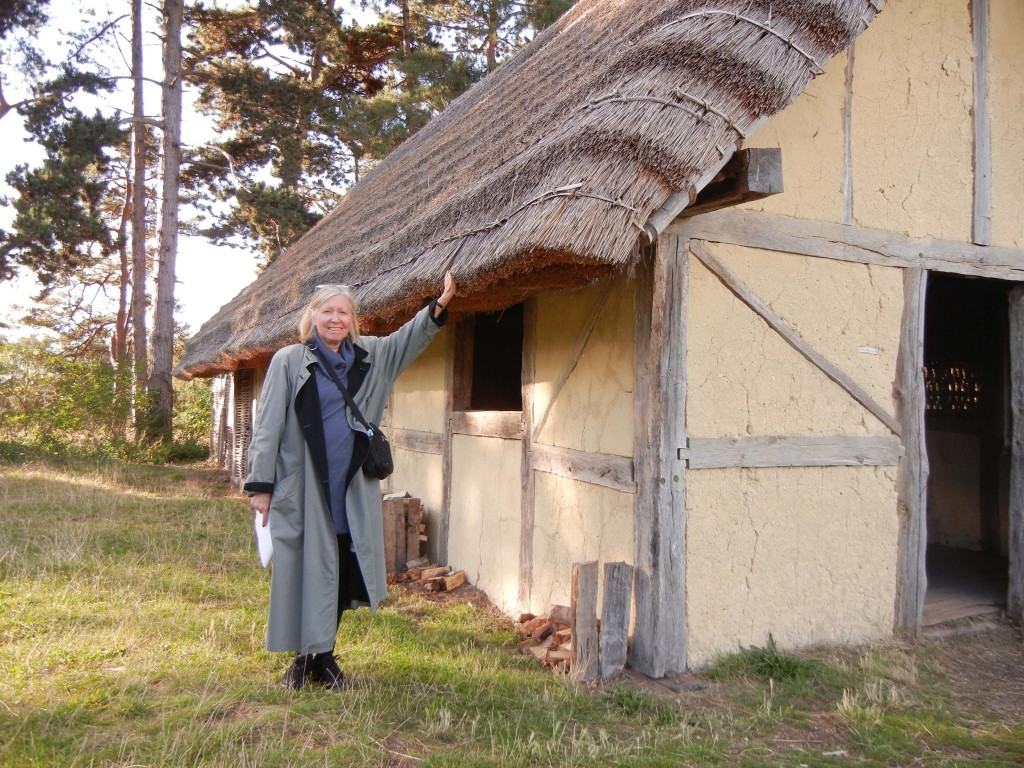
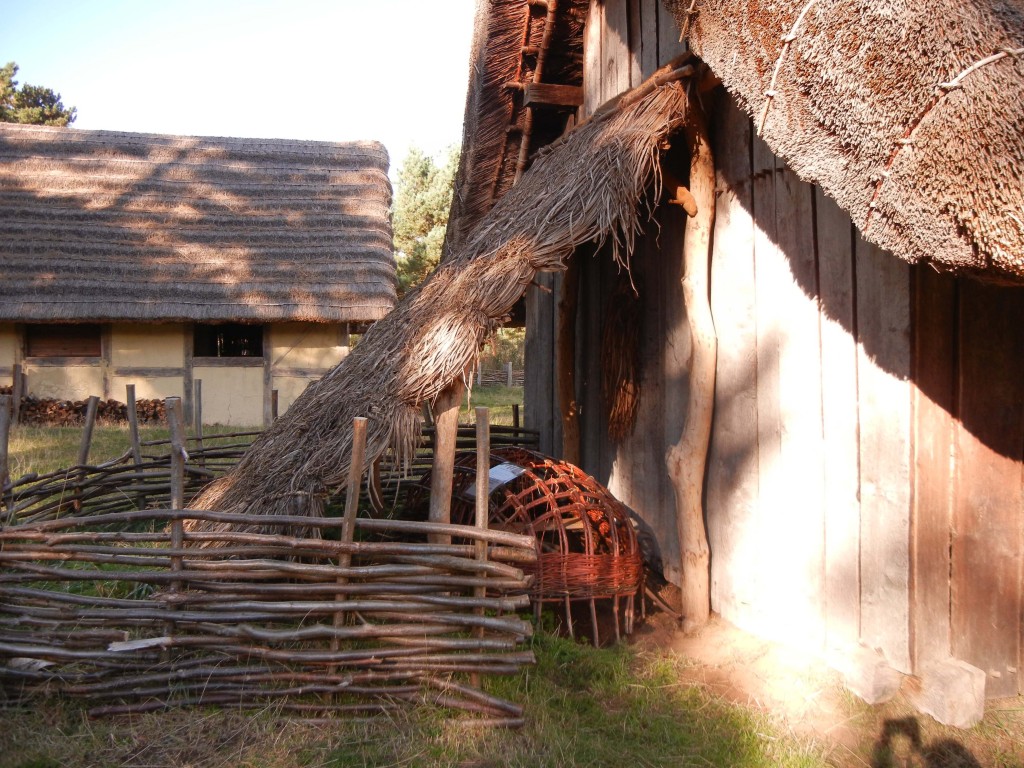
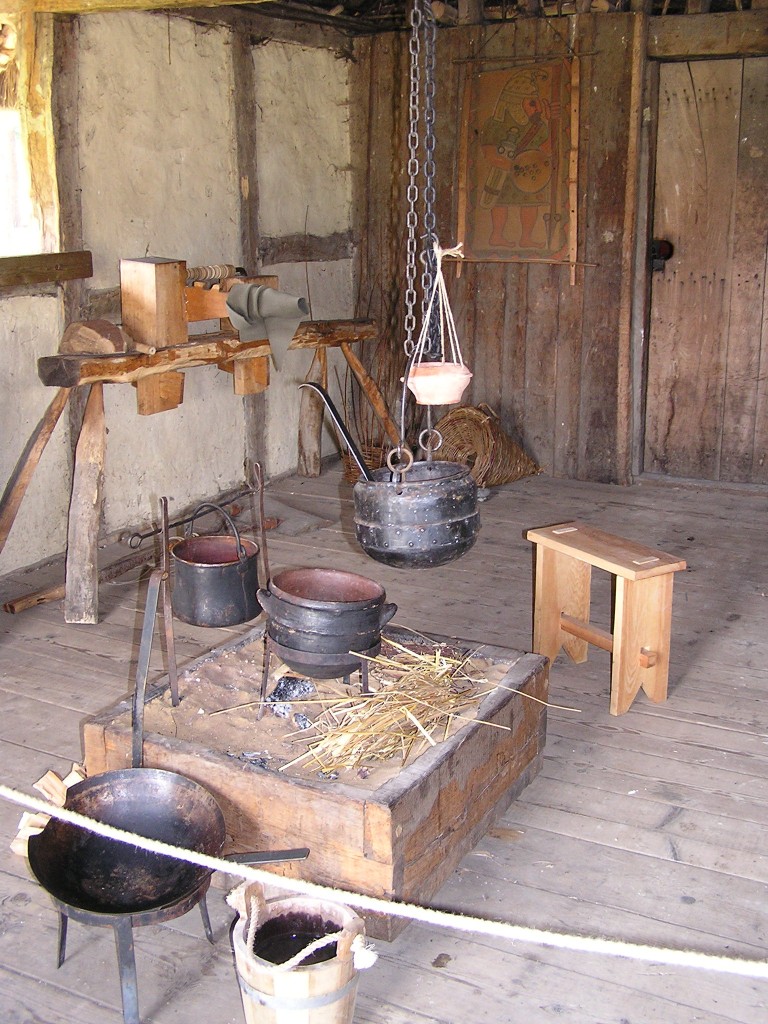
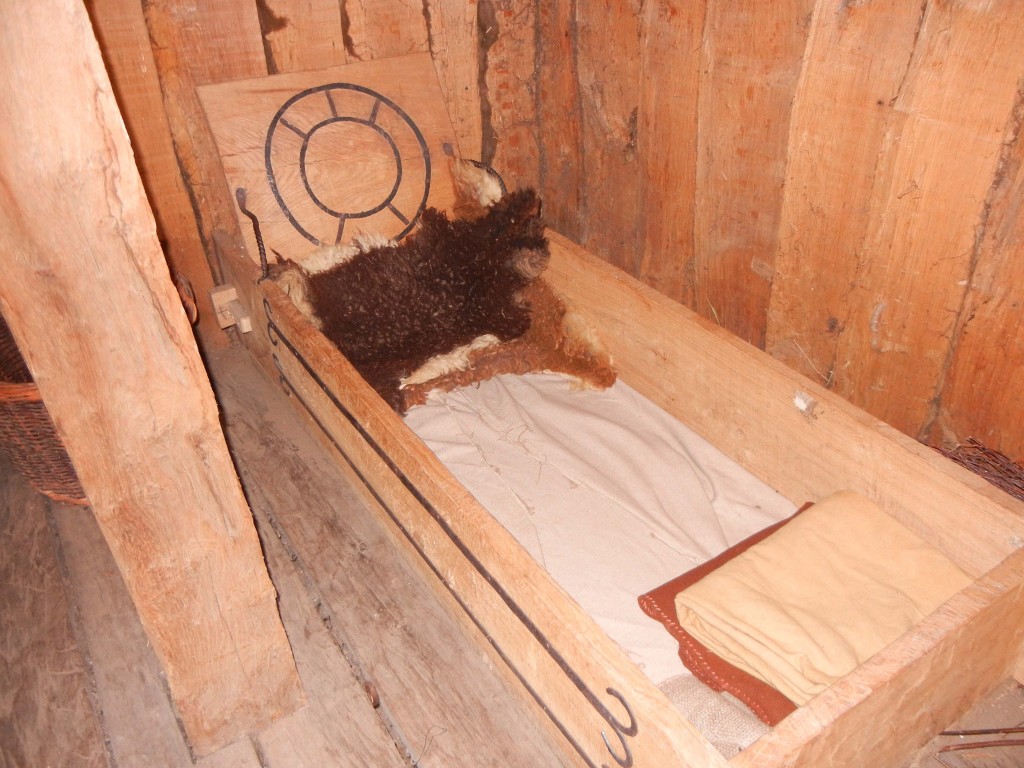
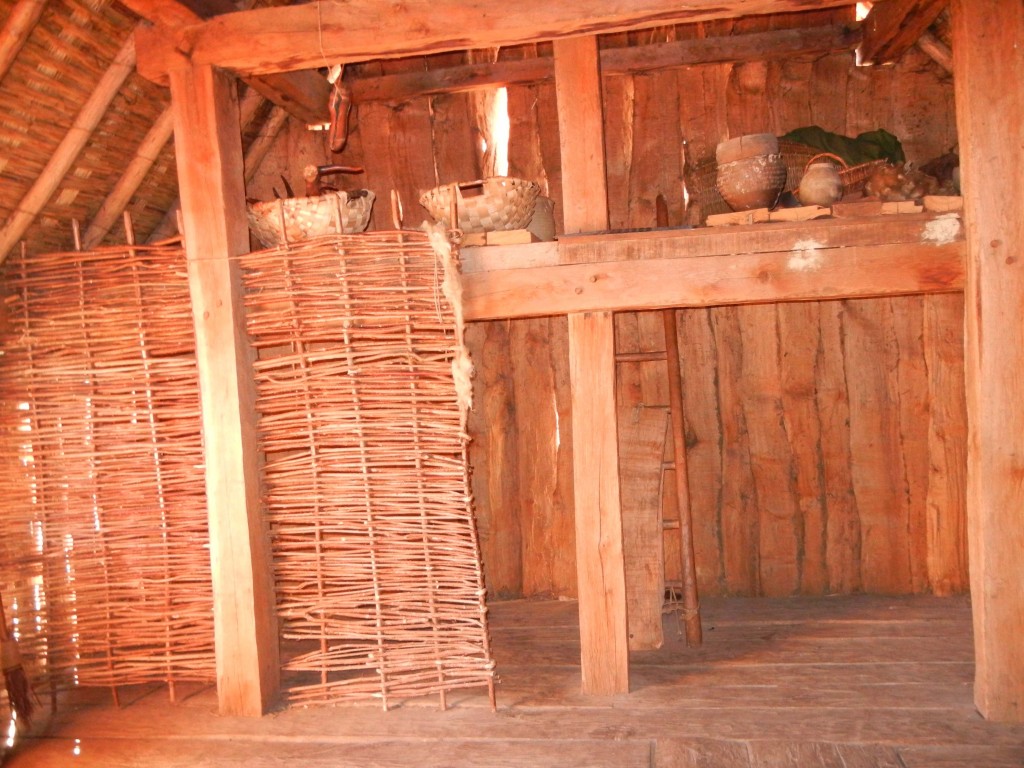
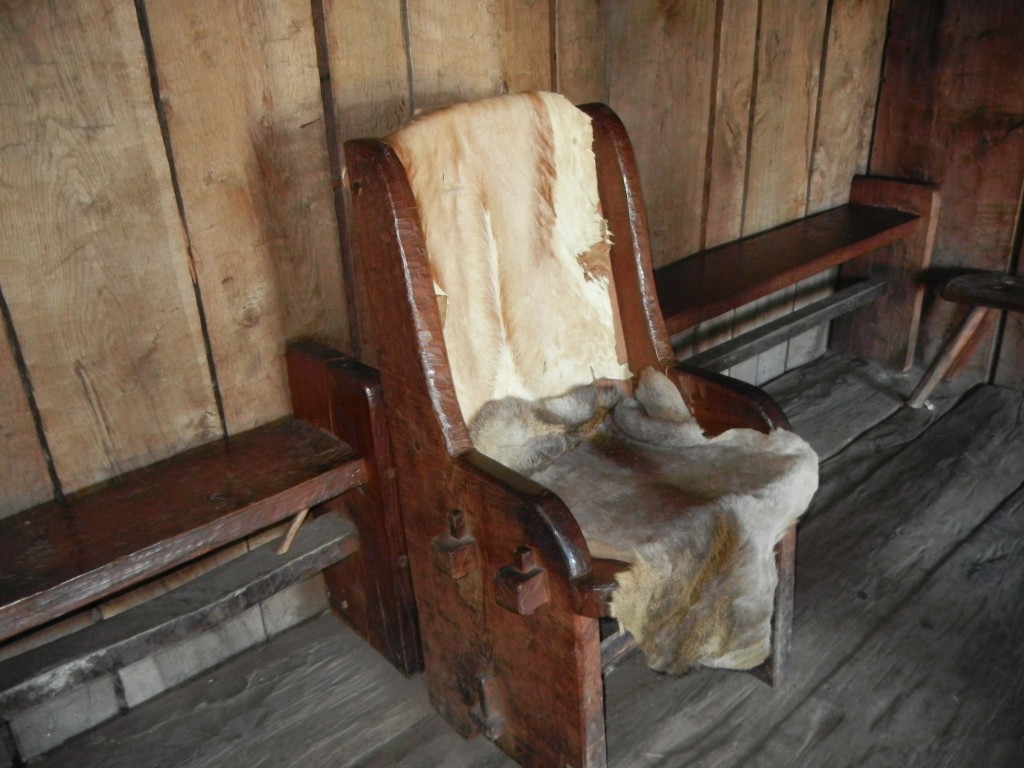
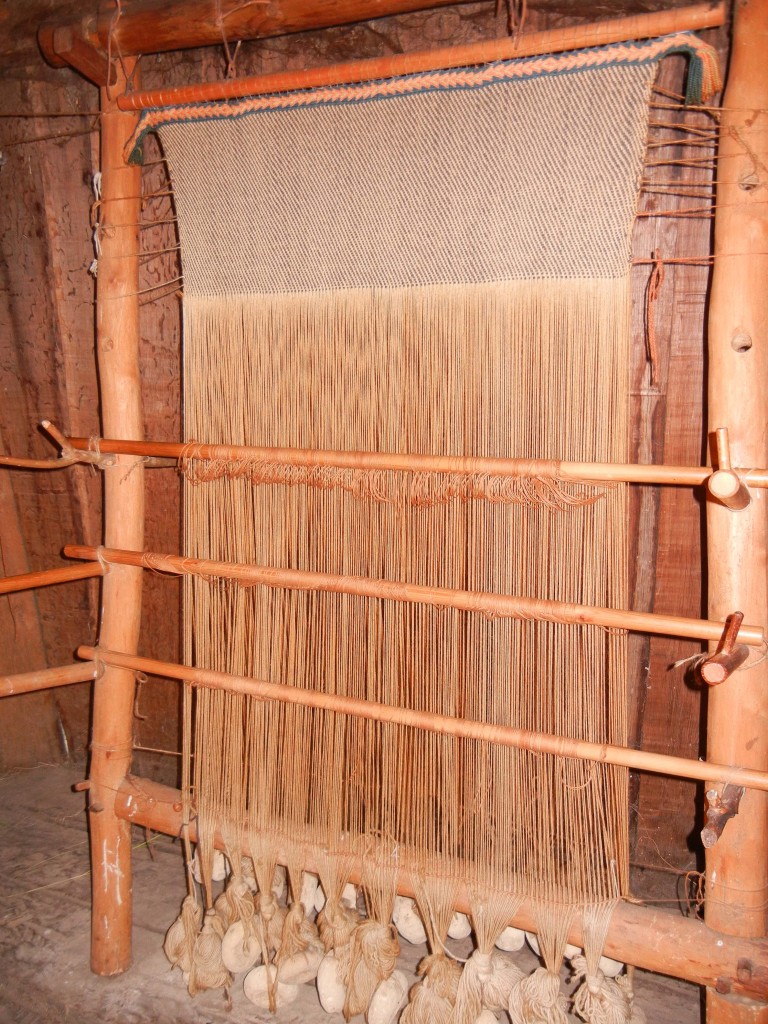
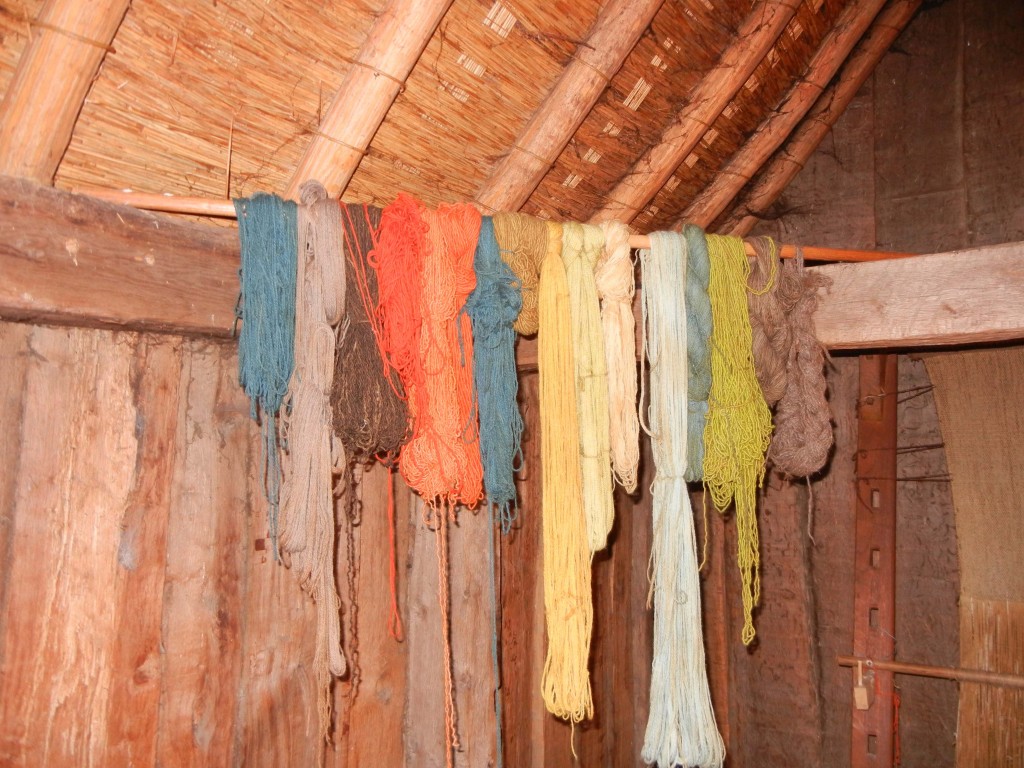
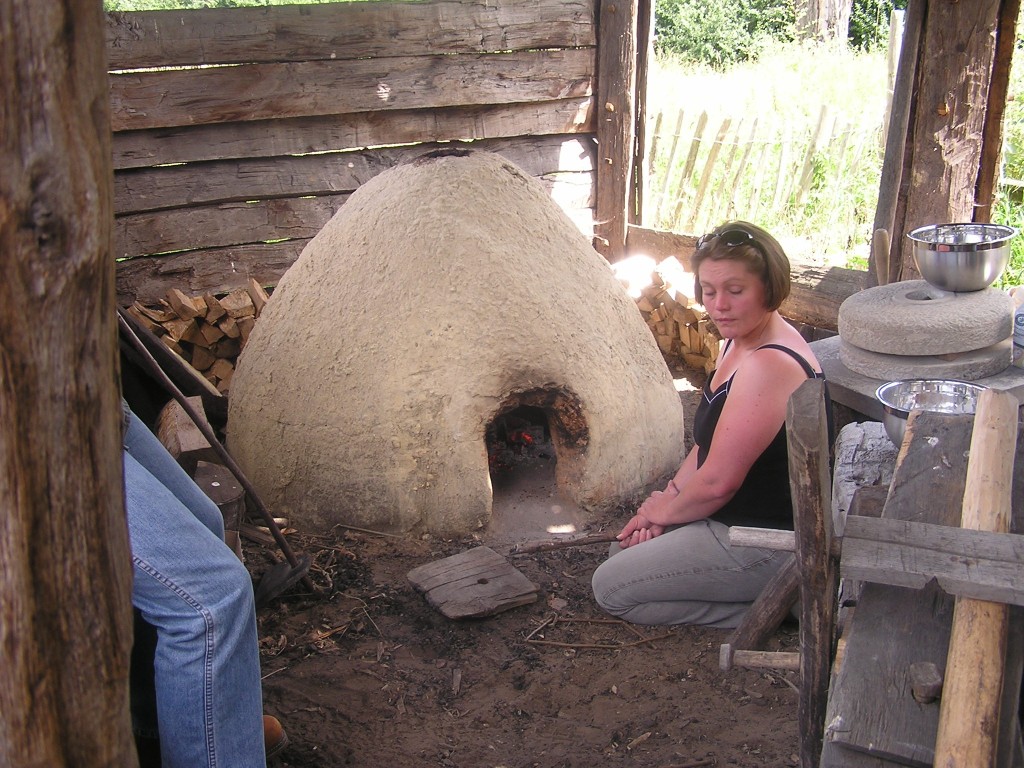
This is fascinating, Patricia! Are these your photographs? It always helps me to see an era concretely: chairs, communal oven … even the antler keys! All so interesting.
Thanks, Gail. Yes, the photos are all mine. And I agree, it is so helpful to see things that were in use during the period we’re trying to imagine when writing.